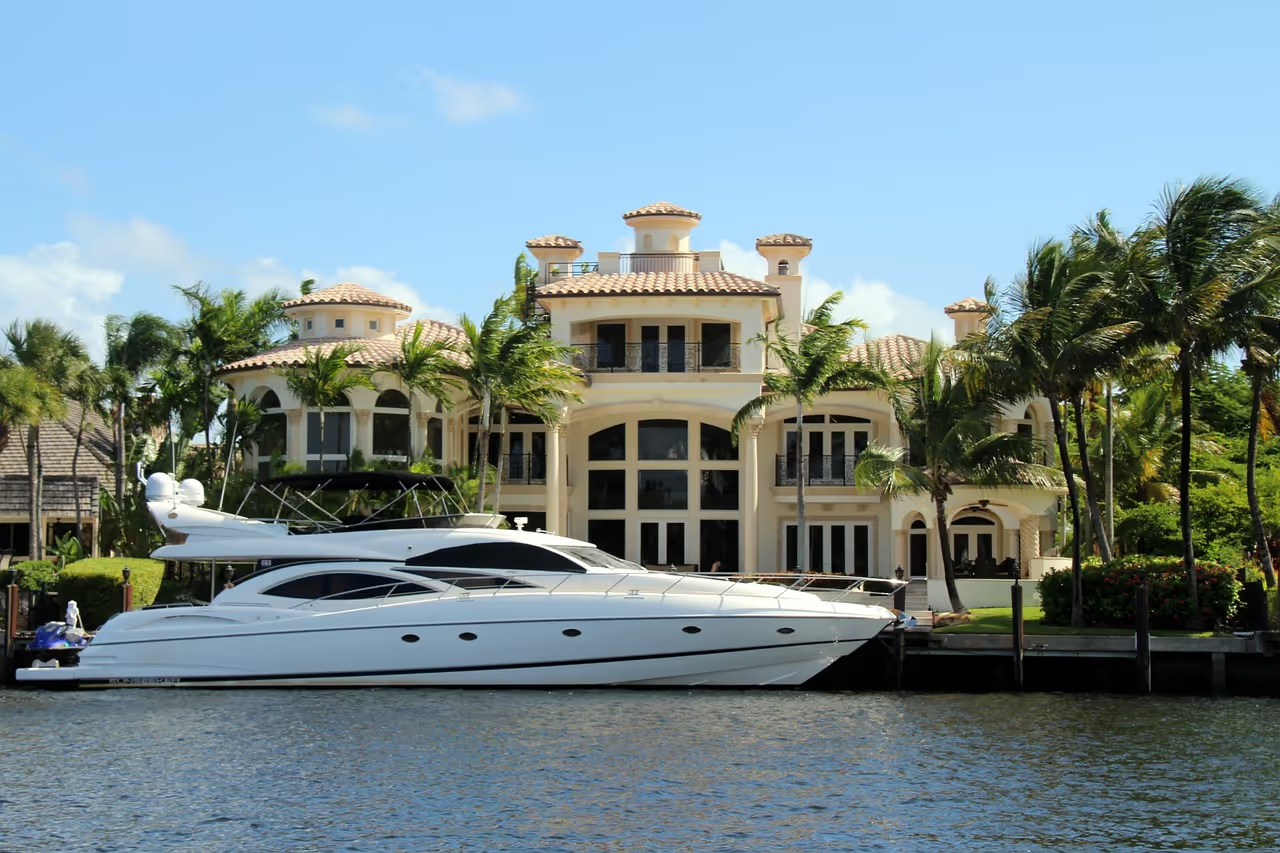This is how millionaires invest in 2024 — and that's what retail investors can learn from them

The investments of the rich differ significantly from those of small savers. A recent study by Capgemini shows what millionaires' deposits look like. Find out what investors with smaller budgets can also learn from this and which asset classes of millionaires 2024 are worth a look at.
Capgemini investigates the depots of the rich
Since 1997, the consulting firm Capgemini has published the “World Wealth Report”. It examines the number of millionaires worldwide, their distribution of countries and investment strategies. The evaluation is considered very representative because, according to Capgemini, it covers 71 countries that account for more than 98 percent of global gross national income and 99 percent of global market capitalization.
According to the study, the number of millionaires and their wealth increased again last year following inflation and weak stock markets in 2022. There were 22.8 million millionaires with a total net worth of 86.8 trillion dollars. This represents an increase of 5.1 percent and is a new record figure. North America recorded the highest growth, while Europe recorded a moderate increase. In India, the number of millionaires rose the most in percentage terms.
The countries with the most dollar millionaires were in 2023:
- USA: 7.431 million
- Japan: 3.777 million
- Germany: 1.646 million
- China: 1.5 million
The increase in wealth in 2023 is primarily due to developments on the stock exchanges, which were very positive: The US tech index Nasdaq achieved an increase of 43 percent due to enthusiasm for AI, the S&P500 gained 24 percent and the DAX as much as 20 percent.
But not only is financial wealth increasing, but there is also an interesting trend in the investment behavior of these High Net Worth Individuals (HNWI) ab: The trend is from maintaining wealth to growth.
Millionaires' favorite asset classes
In the World Wealth Report, Capgemini examined the asset classes equities, fixed-income securities, alternative investments such as private equity, cash and real estate, provided that they are not used themselves. Collections or consumer goods were not included.
The study data showed a normalization of cash holdings to 25 percent of the total portfolio — a stark contrast to the multi-decade high of 34 percent from January 2023. Millionaires invested their cash holdings primarily in three asset classes: bonds (up by +5% to 20%), real estate (up by +4% to 19%) and alternative investments such as private equity and private debt (up by +2% to 15%). On the other hand, riskier stocks were avoided. Their ratio fell by two percentage points to 21% as millionaires sold stocks in light of general economic policy uncertainties. In the future, two thirds of the rich plan to invest more in private equity, and one in two shows interest in cryptocurrencies
Investment behavior: millionaires worldwide vs. Germans
When it comes to the most popular asset classes, millionaires therefore clearly differ from the average of German retail investors. German citizens in particular have always been regarded as particularly “cash-loving,” risk-averse and, for the most part, avoid stocks. While in the USA, for example, stocks are regarded as tangible assets that turn their owners into shareholders in companies, they are still considered objects of speculation in this country. That is why, according to Capgemini, German savers like to hoard cash in their current accounts and in insurance companies, which together account for 71 percent of total assets. Millionaires worldwide, on the other hand, only hold 25 percent in cash and invest the rest — with a preference in stocks, bonds, real estate and alternative investments.
Investing like the rich — it works!
Anyone who wants to increase their wealth in the future should therefore turn away from avoidably safe - but almost yield-free - cash and consider the asset classes of millionaires. Investments in stocks or bonds via the stock market are already relatively common. But what about real estate or alternative investments? For these asset classes, which have so far only been reserved for rich investors, offer specialized platforms such as FINEXITY starting at 500 euros attractive investment opportunities. Here, investors do not have to buy the entire asset, but simply benefit from the return opportunities of the corresponding shares. This works by, for example, tokenizing tangible assets such as real estate, art or private equity — i.e. “breaking them down” into digital shares that investors can trade flexibly via the platform. In this way, even small investors such as the rich invest and diversify their portfolio with alternative capital investments.



